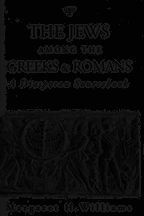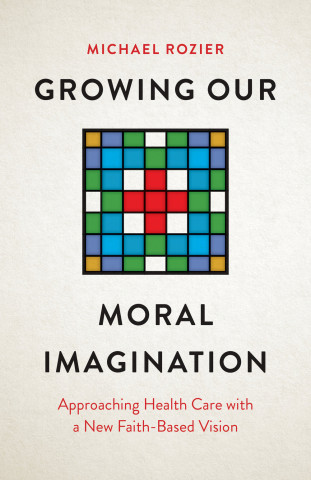As one of the few groups in the Greco-Roman world to resist cultural assimilation, the Jews remained an object of fascination throughout antiquity. Greek and Roman writers devoted much space to them, but few bothered to learn the facts about Jews, preferring to report stereotypes and rumor. Evidence does exist, however, to show what real Jews were like in antiquity and how they interacted with the Greeks and Romans, both pagan and Christian.
In The Jews among the Greeks and Romans, Margaret Williams assembles, assesses, and contextualizes literary and archaeological evidence relating to Jewish...
As one of the few groups in the Greco-Roman world to resist cultural assimilation, the Jews remained an object of fascination throughout antiquity. Greek and Roman writers devoted much space to them, but few bothered to learn the facts about Jews, preferring to report stereotypes and rumor. Evidence does exist, however, to show what real Jews were like in antiquity and how they interacted with the Greeks and Romans, both pagan and Christian.
In The Jews among the Greeks and Romans, Margaret Williams assembles, assesses, and contextualizes literary and archaeological evidence relating to Jewish communities outside the land of Israel. The sourcebook covers the period beginning with the Diaspora that resulted from the chaos of Alexander the Great's death in 323 BCE and concluding with the demise of the Jewish Patriarchate around 420 CE. This was a time which saw, first, the rapid opening up of opportunities for Jews and then, in the century after Constantine, the gradual but inexorable raising of barriers against them.
Newly translated from the Greek and Latin, the documents cover a broad array of topics, including religion, customs, festivals, repression, citizenship, military service, economics, intermarriage, and conversion from Jew to Gentile and Gentile to Jew. While previous collections have concentrated on literary texts, the present volume gives prominence to papyrological and epigraphic source material. Composed in accordance with Greco-Roman epigraphic conventions but written by Jews, these texts—some only recently discovered—constitute an extraordinarily rich source of information about the values and practices of Jews in antiquity.






